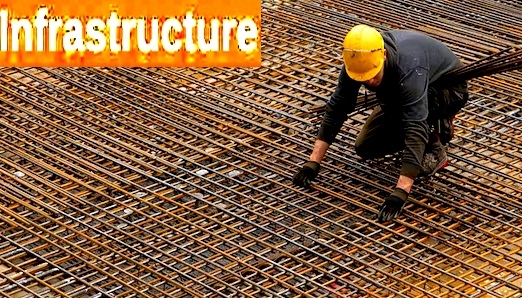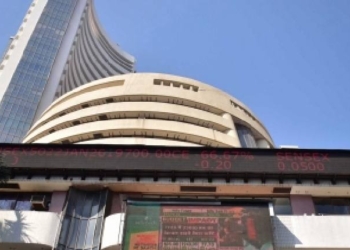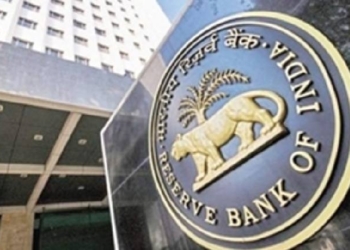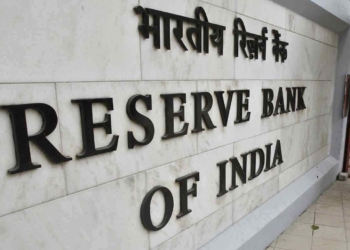New Delhi: Increase in infrastructure investment provides a critical push to the potential growth of the economy. The government, in recent years, provided an increased impetus for infrastructure development and investment through the enhancement of capital expenditure.
As per the Economic Survey released on Tuesday, this push has happened at a time of crisis when the capital expenditure by the private sector has been subdued. The outlay (target) for capital expenditure in 2022-23 (BE) was increased sharply by 35.4 per cent from Rs 5.5 lakh crore in the previous year (2021-22) to Rs 7.5 lakh crore, of which approximately 67 per cent has been spent from April to December 2022.
The result of the efforts is visible in Ministries’/ Departments’ Capex spending till December 2022, which has been Rs 5 lakh crore (around 67 per cent has been achieved against the Budgeted Capex of 7.5 lakh crore) as against Rs 3.9 lakh crore for the same period in FY22 (i.e., till December 2021). The actual expenditure in FY23 is also 28 per cent higher than the expenditure in FY22 for the corresponding period, said the Survey.
The steady increase in public capital expenditure has helped support economic growth while laying the foundation for the future growth as capital assets boost economic efficiency and potential growth. It could also crowd in private investment, as the IMF observed in the case of India. This is evident from the fact that capacity utilisation in the private sector has been recovering, said the Survey.
While the NIP and the NMP would provide the much-needed impetus for stepping up infrastructure investment, the NLP will address the gaps in services, digital infrastructure and skills in the logistics workforce.
PM GatiShakti, with a multimodal approach, is designed to fill the gaps in physical infrastructure and to integrate existing and proposed infrastructure development initiatives of different agencies.
As physical infrastructure requires continuous support over its long gestation period, the government has also set up National Bank for Financing Infrastructure and Development (NaBFID) as a development financial institution to set in motion a virtuous investment cycle. An institutional mechanism to fast-track investments has been put in place, in the form of Project Development Cells (PDCs) in all concerned Ministries/ Departments of Government, said the Survey.
“The government’s vision for infrastructure does not stop here. As India has already submitted its Long-Term Low Emission Development Strategy at COP27, the next leap would be towards advanced infrastructure, which is more energy efficient, incorporates the idea of a circular economy and transitions towards low carbon development.
“The amount of investment that may be needed for putting in place climate resilient and climate resistant infrastructure might be too vast to be provided for by either the public sector or the private sector alone. Both financing and the creation of such infrastructure are likely to require Public-Private Partnership, a topic to which we turn next,” it said.
(IANS)
















